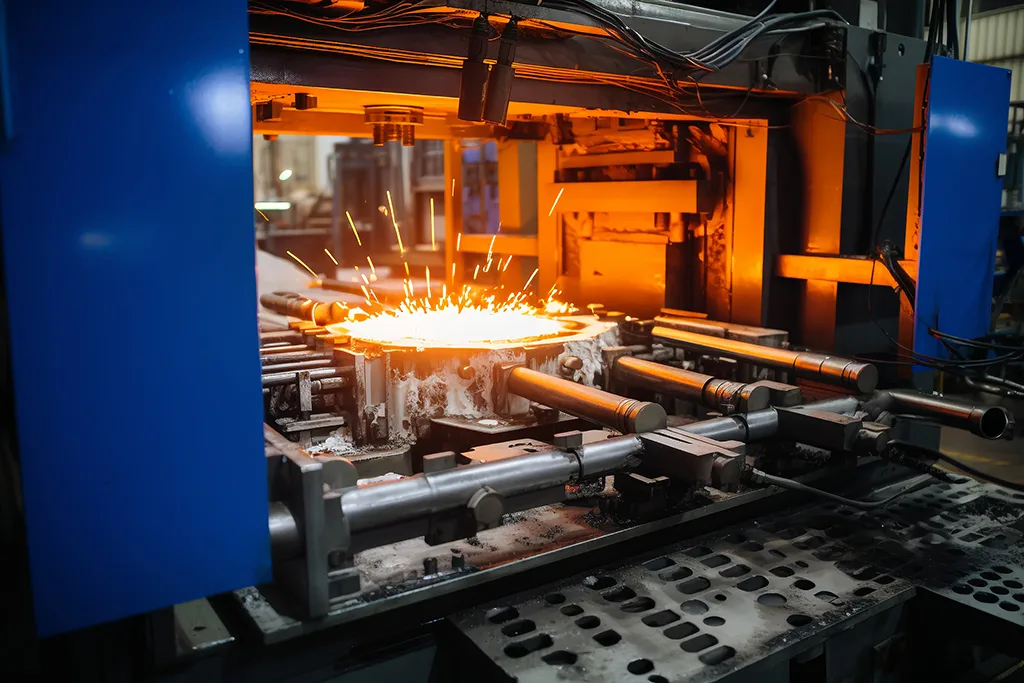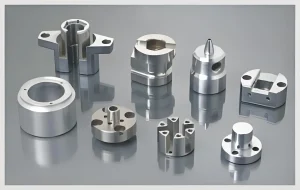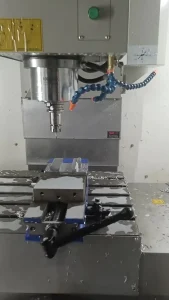Overmolding is a versatile manufacturing process. It combines two or more materials into a single part. This technique offers numerous advantages, including enhanced functionality and improved user experience. Let’s explore the various applications of overmolding across different industries.

Consumer Electronics
One of the most common applications of overmolding is in consumer electronics. Manufacturers often use this technique to create protective casings for devices like smartphones, tablets, and cameras. The outer layer, usually made of a softer material, provides grip and shock absorption. This feature enhances the user experience and protects the device from drops and impacts.
Automotive Industry
Overmolding is also prevalent in the automotive industry. Many components, such as steering wheels, gear shifters, and dashboard parts, benefit from this process. The combination of rigid and soft materials improves comfort and control. For instance, overmolded steering wheels offer a softer grip, making driving more enjoyable. Additionally, this method reduces the number of parts, simplifying assembly and lowering costs.
Medical Devices
The medical industry greatly benefits from overmolding as well. Manufacturers create ergonomic handles for surgical instruments and grips for medical tools. The soft outer layer improves comfort during use, which is critical in healthcare settings. Furthermore, overmolding allows for better hygiene. Manufacturers can choose materials that are easy to clean and sterilize, ensuring patient safety.
Household Products
In household products, overmolding enhances usability and safety. Items like kitchen utensils, power tools, and cleaning equipment often incorporate this technique. For example, overmolded handles on kitchen knives provide a comfortable grip and reduce slippage. This feature improves safety in the kitchen, making cooking easier for users.
Toys and Childcare Products
Overmolding is widely used in the production of toys and childcare products. Soft-touch materials provide safety and comfort for children. For instance, many toy handles and edges are overmolded to eliminate sharp edges. This feature ensures that toys are safe for young users. Additionally, the vibrant colors and textures made possible through overmolding enhance the appeal of toys.
Sports and Fitness Equipment
In the sports and fitness industry, overmolding plays a significant role. Manufacturers create products such as grips for sports equipment, weightlifting bars, and exercise machines. The soft material used in overmolding improves grip and comfort during use. Athletes benefit from enhanced control and reduced fatigue, which can lead to better performance.
Packaging Solutions
Overmolding is also gaining traction in packaging solutions. Companies create custom packaging with both rigid and soft materials. This combination protects products during transport while providing a visually appealing presentation. For example, overmolded packaging can include features like built-in grips, making it easier for consumers to handle products.
Future Trends
As industries evolve, the applications of overmolding continue to expand. Innovations in materials and technology open new possibilities. For example, manufacturers are exploring bio-based materials for overmolding, which could improve sustainability. Additionally, advancements in 3D printing may allow for more complex designs and applications.
Conclusion
In conclusion, overmolding is a valuable manufacturing process with diverse applications. From consumer electronics to medical devices, its benefits are undeniable. The combination of rigid and soft materials enhances functionality, comfort, and safety. As industries continue to innovate, the demand for overmolding will likely grow.
By understanding the applications of overmolding, businesses can leverage this technique to create superior products. Ultimately, overmolding not only improves product performance but also enhances user satisfaction. Companies that embrace this process will gain a competitive edge in their respective markets.






